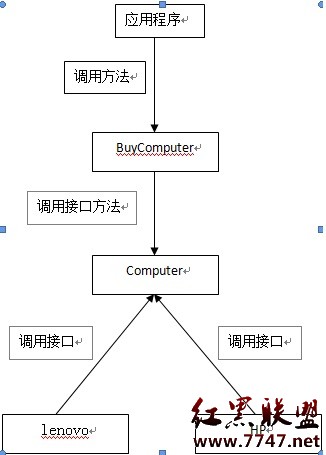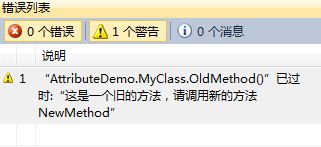设置ASP.NET页面不被缓存
/// <summary>
/// 设置页面不被缓存
/// </summary>
private void SetPageNoCache()
{
Response.Buffer = true;
Response.ExpiresAbsolute = System.DateTime.Now.AddSeconds(-1);
Response.Expires = 0;
Response.CacheControl = "no-cache";
Response.AppendHeader("Pragma", "No-Cache");
}
1。 取消缓存
(2)客户端取消
<html>
<head>
<meta http-equiv="Expires" CONTENT="0">
<meta http-equiv="Cache-Control" CONTENT="no-cache">
<meta http-equiv="Pragma" CONTENT="no-cache">
</head>
(3)服务器具端取消:
服务器端:
Response.Buffer = true;
Response.ExpiresAbsolute = DateTime.Now.AddDays(-1);
Response.Cache.SetExpires(DateTime.Now.AddDays(-1));
Response.Expires = 0;
Response.CacheControl = "no-cache";
Response.Cache.SetNoStore();
Global里面:
protected void Application_BeginRequest(Object sender, EventArgs e)
{
HttpContext.Current.Response.Cache.SetNoStore();
}
<%@ OutPutCache Location="None"%>
页面基类:
public class PageBase : Page
{
public PageBase() {}
protected override OnLoad( EventArgs e ) {
Response.Cache.SetNoStore();
base.OnLoad();
}
}
最简单的办法 :-)
学CSDN的这个论坛,在URL后面随机的加一些没用的参数,比如:
http://xxx/xxx/xxx.jpg?p=xxx
IE是用过URL来控制缓存的,这样就解决了
补充:Web开发 , ASP.Net ,




